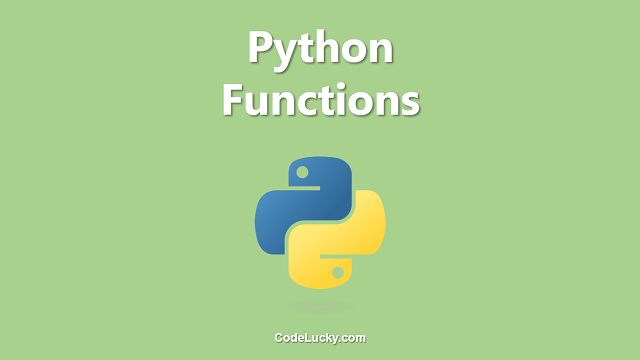The issubclass() function in Python is a built-in function that returns a Boolean value indicating whether a given class is a subclass of another class. It is used to check if a class is derived from another class or not. The issubclass() function takes two arguments: the first is the class to be checked, and the second is the class to check against.
Syntax
issubclass(class, classinfo)
Parameters
class – the class to be checked
classinfo – the class to check against
Return Value
The issubclass() function returns a Boolean value indicating whether the first class is a subclass of the second class. If the first class is a subclass of the second class, the function returns True, otherwise it returns False.
Examples
Example 1: Basic Usage
class Parent:
pass
class Child(Parent):
pass
print(issubclass(Child, Parent))
Output:
True
In this example, we have defined two classes: Parent and Child. The Child class is defined as a subclass of the Parent class. The issubclass() function is then used to check if the Child class is a subclass of the Parent class. The function returns True, indicating that the Child class is indeed a subclass of the Parent class.
Example 2: Multiple Inheritance
class Grandparent:
pass
class Parent(Grandparent):
pass
class Child(Parent):
pass
print(issubclass(Child, Grandparent))
Output:
True
In this example, we have defined three classes: Grandparent, Parent, and Child. The Parent class is defined as a subclass of the Grandparent class, and the Child class is defined as a subclass of the Parent class. The issubclass() function is then used to check if the Child class is a subclass of the Grandparent class. The function returns True, indicating that the Child class is indeed a subclass of the Grandparent class through its parent class Parent.
Example 3: Using Tuples for classinfo
class Parent:
pass
class Child1(Parent):
pass
class Child2(Parent):
pass
print(issubclass(Child1, (Parent, Child2)))
Output:
True
In this example, we have defined three classes: Parent, Child1, and Child2. The Child1 and Child2 classes are both defined as subclasses of the Parent class. The issubclass() function is then used to check if the Child1 class is a subclass of either the Parent class or the Child2 class. The function returns False, indicating that the Child1 class is not a subclass of either the Parent class or the Child2 class. This example demonstrates that the second argument of the issubclass() function can be a tuple of classes, and the function returns True if the first argument is a subclass of any of the classes in the tuple.
Use Cases
The issubclass() function is useful in a variety of situations where it is necessary to determine the inheritance relationship between two classes. Some common use cases include:
- Checking if a class is derived from a certain base class before performing operations on instances of that class
- Checking if a class implements a certain interface or abstract class before performing operations on instances of that class
- Determining the type of an object at runtime and choosing different behaviors based on the object’s type
In all of these situations, the issubclass() function can be used to quickly and easily determine the inheritance relationship between two classes, which can be used to make decisions about how to handle instances of those classes.







